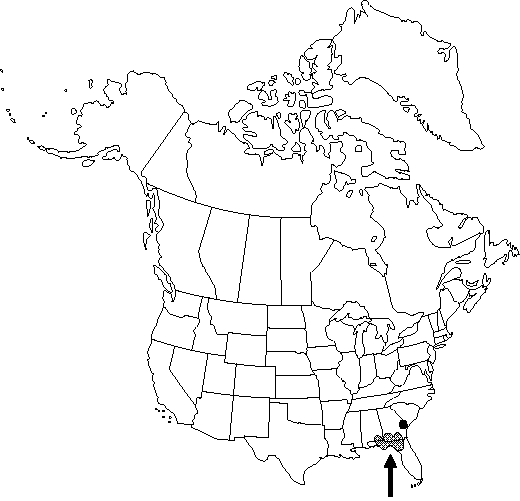Difference between revisions of "Nuphar orbiculata"
Publ. Field Columbian Mus., Bot. Ser. 8: 311. 1931 (as orbiculatum).
FNA>Volume Importer |
FNA>Volume Importer |
Revision as of 22:13, 16 December 2019
Rhizomes ca. 7-8 cm diam. Leaves mostly floating, occasionally submersed; petiole terete. Leaf blade abaxially and adaxially green, often suffused with purple, orbiculate or nearly so, 20-45 × 20-45 cm, 1-1.2 times as long as wide, sinus ca. 1/2 length of midrib, lobes approximate to overlapping; surfaces abaxially densely pubescent. Flowers 4-8 cm diam.; sepals 6, abaxially green to adaxially yellow, never red-tinged toward base; petals oblong, thick; anthers 5-6 mm, longer than filaments. Fruit greenish or yellowish, cylindric to nearly globose, 3.5-5 cm, smooth basally, finely ribbed toward apex, slightly constricted below stigmatic disk; stigmatic disk green, yellow, or sometimes reddened, ca. 30-35 mm diam., undulate; stigmatic rays 12-28, linear or lanceolate, terminating 1-3 mm from margin of disk. Seeds 4-6 mm.
Phenology: Flowering mid spring–early fall.
Habitat: Acidic ponds
Elevation: 0-100 m
Distribution

Ala., Fla., Ga.
Discussion
Nuphar orbiculata is perhaps best treated as a subspecies. Plants intermediate between it and N. advena occur in southern Georgia and northern Florida.
Selected References
None.